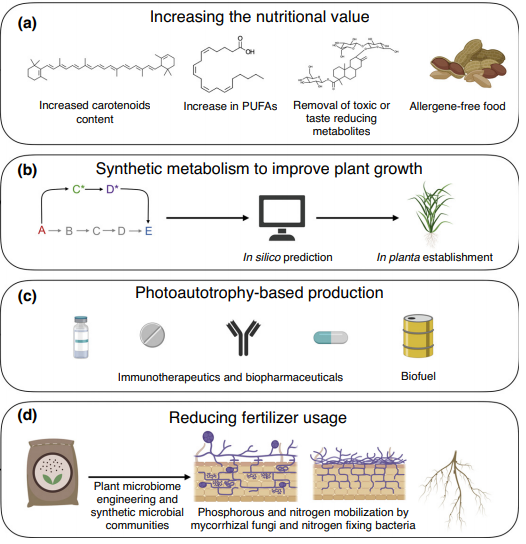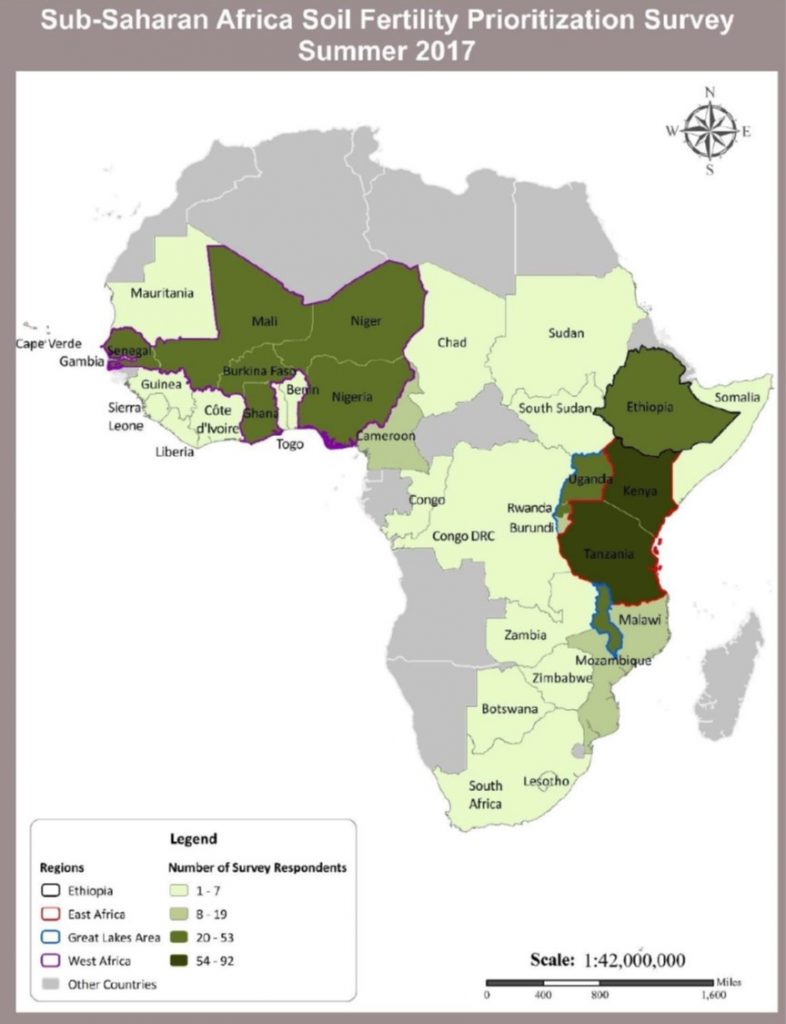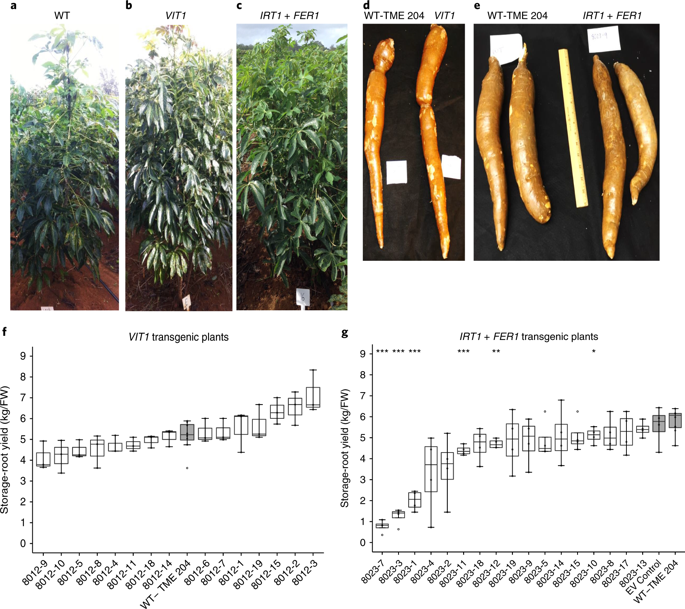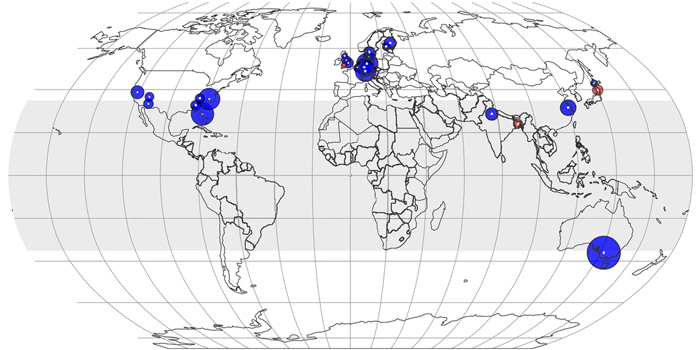
Review: The impact of synthetic biology for future agriculture and nutrition
Plant Science Research WeeklyThe synthetic biology field is going to be important for the decade we began in order to face climate challenges, including food security. However, plant synthetic biology lags behind bacterial and other eukaryotic systems. Roell and Zurbriggen summarize in this review, many of the projects that are…

Approaches to improve soil fertility in sub-Saharan Africa (J Exp Bot)
Plant Science Research WeeklyFood security is a major issue in sub-Saharan Africa, aggravated by rapid population growth and low soil fertility. Stewart et al. explore approaches to improve soil fertility, hence food production, in this region. They argue for a holistic approach that addresses not only yields, but also poverty reduction…

Editorial and Special Issue. Biotechnology of the sweetpotato: Ensuring global food and nutrition security in the face of climate change (Plant Cell Reports)
Plant Science Research WeeklyGlobal food security is increasingly threatened by expanding industrialization and skyrocketing human populations set in the backdrop of dramatically shifting environmental conditions due to climate change. Innovations in agricultural practices and technology are required to overcome the unprecedented…

Biofortification of field-grown cassava by engineering expression of an iron transporter and ferritin (Nature Biotech)
Plant Science Research WeeklyThere are many forms of hunger, one of which is micronutrient deficiency. Cassava is a staple food, but low in iron and zinc, in many regions where deficiencies of these micronutrients are common; therefore efforts have been made to biofortify cassava. Traditional breeding methods are of limited value…

The global burden of pathogens and pests on major food crops (Nature Ecol Evol) ($)
Plant Science Research WeeklyPathogens and pests are bad, but just how bad? And how do different regions of the world compare in terms of crop losses to pathogens and pests? Savary et al. surveyed crop experts from across the globe to address these questions, focusing on five major food crops (wheat, rice, maize, potato and soybean).…

Developing High-Yield Early-Maturation Crops by Manipulating Nitrogen Utilization
Research, The Plant Cell, The Plant Cell: In a NutshellWang et al. investigate the function of OsNRT1.1A in rice. Plant Cell (2018). https://doi.org/10.1105/tpc.17.00809.
By Wei Wang, Bin Hu and Chengcai Chu
Background: To cope with an increasing global population and decreasing availability of arable land, improving crop yield is a major agricultural…

Genomewide association study of ionomic traits on diverse soybean populations from germplasm collections
Plant Science Research WeeklyGermplasm collections are invaluable resources for plant science and the elemental content of the seeds is a strong indication of the plant’s response to its specific environment. In this study, Ziegler et al. have selected 1,653 soybean accessions from the USDA Soybean Germplasm Collection and seeds…

Hidden shift of the ionome of plants exposed to elevated CO2 depletes minerals at the base of human nutrition
Blog, Plant Science Research Weekly, Research, Research BlogeLife. Free air CO2 enrichment (FACE) has been used to surround plants with an elevated concentration of CO2 (eCO2) during growth, and has consistently conferred an increase in carbon assimilation and plant productivity. However, the effect of eCO2 on nutrient status of the plant is unclear due to…

Production of low-Cs+ rice plants by inactivation of the K+ transporter OsHAK1 with the CRISPR-Cas system
Blog, Plant Science Research Weekly, Research, Research BlogNuclear accidents in recent years such as the Fukushima incident during the tsunami in 2011 revealed the detrimental effects of leaked radioactive cesium (Cs) in environmental soil and water. Due to Cs's chemical similarity with potassium, an essential macronutrient for plants, cesium is taken up by…

